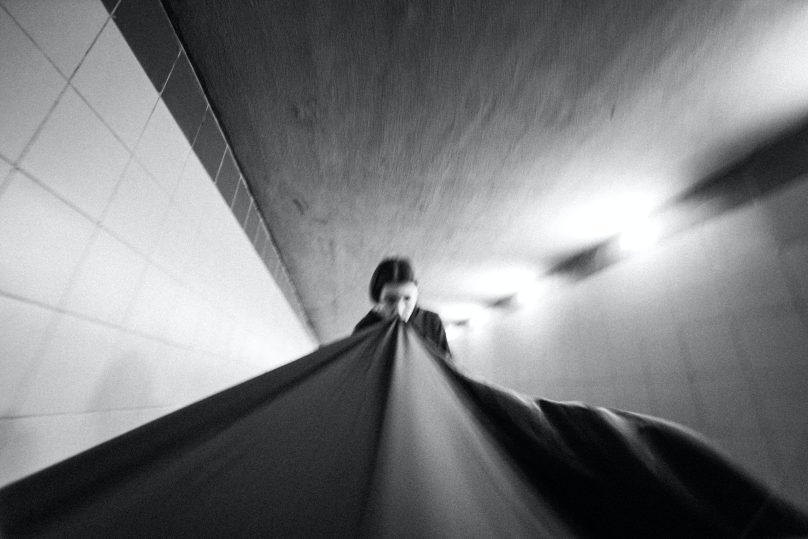Falling is one of the most common home injuries. Stairs, steps, clutters, and uneven and slippery surfaces are home hazards that increase the risk of falling. Trips and slips are also categories of falling that though sound less serious but could also come with a range of injuries from mild to severe, including death.
Physical and psychological effects of falling
According to the Australian Institute of Health and Welfare, falling is the largest contributor to unintentional home injuries with a total of 224,000 hospitalizations and 5,300 deaths in 2019-2020.
Experiencing falling not only affects physical health but mental health as well. Both the shock and the pain may bring long-lasting psychological impacts.
Ptophobia, an intense Fear of Falling (FoF), was found as a result of accidental falls. FoF is a psychological problem that could decrease one’s physical functions due to anxiety when standing and walking. Experiencing the effects of a fall injury contributes to the development of FoF which may appear to minimize the occurrence of falls by avoiding dangerous activities. However, in the long run, FoF may limit individuals’ capacity to conduct daily activities such as mobility, self-care, and housework, especially for older people. Previous falls and FoF create a vicious loop that forecasts and increases the likelihood of future falls due to decreased physical function. Therefore, home safety measures are important to minimize the risks of falling.
Ways to lessen falling accidents
The physical environment factor was found to be associated with FoF. A study by Lee et al. (2018) identified if the respondents felt uncomfortable with various living areas such as the living room, bedroom, bathroom, kitchen, stairs, entrance, and hallways. The result of the study showed that the respondents who reported feeling more discomfort in their environment also reported having more FoF. Thus, the management of various falling hazards is important to create a safe and comfortable environment. Here are general tips on how to create a safe home environment:
Remove items a person could trip over
Low furniture and unorganized cords are home hazards that can cause tripping. If low furniture is needed, it should be placed on the sides near the walls. Avoid having cords scattered through the floor. Any cable on the floor should be tied up or clipped to the walls. Clutters are also fall hazards that need to be immediately removed. Having a tidy home provides not only comfort but also safety for the household members.
Have adequate lights at home to improve visibility at night
Being able to see if there is a higher or uneven surface is essential to preventing falling as poor visibility could increase the fear of falling. Keep the light switch easily accessible if the house is usually completely dark during sleep time. If there is an elderly in the house, it is recommended to keep a lamp on throughout the night. To save energy, LED lamps are recommended because they use the least amount of electricity.
Have non-slip mats and rugs
Rugs provide both decorative and comfort purposes. Fluffy rugs under the bed or sofa provide comfort when your feet are on them, but increase the risk of falling if they are slippery. Every rug in the house should have a non-slip bottom made from rubber or latex.
Wet surfaces are sometimes unavoidable, especially in the bathroom. Non-slip, quick-drying mats should always be available. Therefore, the feet would not spread moisture to other areas and minimize the risk of slipping.
What to do when someone falls?
Preventive measures should always be taken, but sometimes, accidents do happen. Another strategy is to be prepared by knowing what should be done when a person has experienced a fall injury. Here are the steps that should be done when one falls:
- Take time to check for injuries. Identify if there is any pain in a certain area or have difficulty staying alert.
- If it is possible to stand up, try to rise gradually after falling:
- Turn onto one side and rest for a few seconds.
- Push the body upright, sit on the side, and remain still for a while.
- Try to get on your hands and knees, then crawl to some solid furniture where you can stand up with support.
- To get up, try kneeling and placing both hands on a piece of furniture.
- If there is nothing to hold on to, keep trying to stand up as slowly as you can.
- After being in a standing position, wait a bit before moving forward to prevent a head rush or being disoriented which could lead to repetitive falls.
- Ask for help if getting up is not an option. Be sure to save or memorize emergency phone numbers. Try to be as warm, hydrated, and alert as possible while waiting for help.
In conclusion
At the end of the day, a home should be a comfortable space where the owner feels safe. There are hazards everywhere and can sometimes remain hidden. Stairs and clutter on the floor increase the risk of falling. The children and the elderly especially need extra attention due to their limited physical function and awareness of their surroundings. Preventive measures and preparedness are the keys to lowering the risks of fall accidents as well as preventing the fear of falling.
For more home safety tips and tricks, visit the Household Management Science Labs. The lab uses the research of the Institute for Life Management Science to produce courses, certifications, videos, podcasts, and many others. Check out the Household Management Science Labs today.
Photo by Dmitry Daltonik on Pexels



